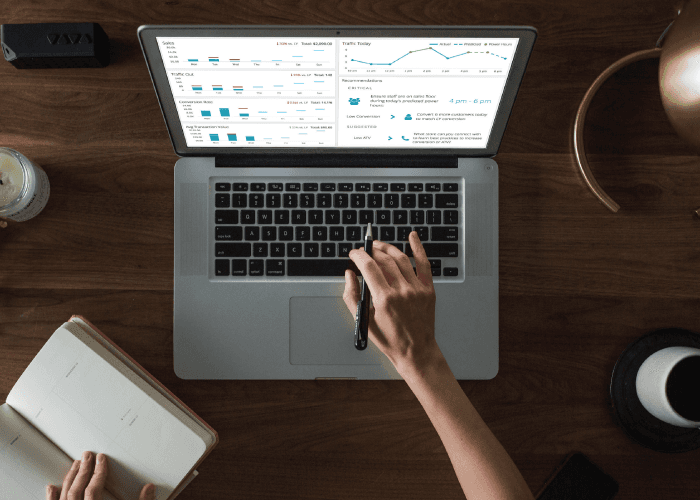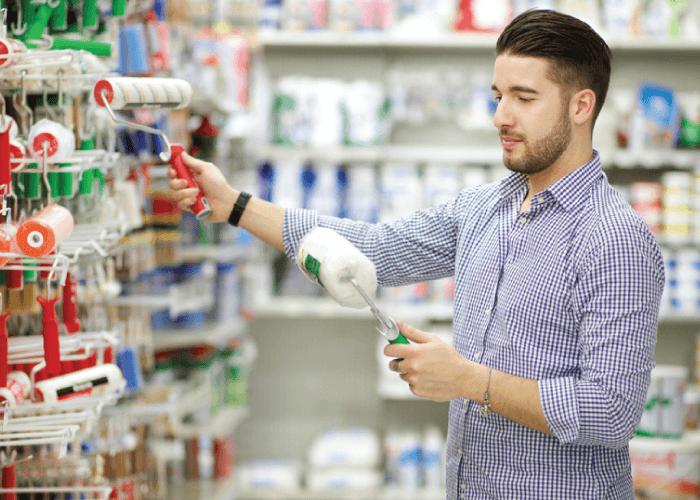Why Modern Retailers Should Learn to Think Like E-Commerce

On this page
1927 Chess World Championship-To Survive Capablanca, You Must Think Like Capablanca
In Buenos Aires in 1927, underdog chess player Alexander Alekhine dominated the "unbeatable" world champ Jose Capablanca. In doing so, Alekhine taught a valuable lesson that retailers should heed today.
Capablanca, a child prodigy and genius, became the world chess champion by age 33, going almost a decade without losing a match. Employing a defensive and technical style, Capablanca successfully defended his title dozens of times, including multiple challenges by Russian up-and-comer Alexander Alekhine.
Alekhine gained notoriety throughout the 1920s by playing with unorthodox tactics and a sharp and aggressive style. But Alekhine's style yielded only loses when put to the test against Capablanca-until the 1927 World Championships that is.
At the world championship match in Argentina, Alekhine took a different approach. He knew that Capablanca must be doing something right and that he should learn from him. Before the match, Alekhine studied Capablanca's style, memorizing every published game that Capablanca had previously played. He learned to think like Capablanca. Consequently, Alekhine adopted Capablanca's style for the match, restraining his wild imagination and playing with a structured defense. To the world's surprise, Alekhine upset Capablanca and became the new world champion.
Modern Retailers Should Learn to Think Like E-Commerce
Retail is currently going through a seismic shift. This shift began even before COVID-19 and has only accelerated. But change presents an opportunity for savvy retailers-those who innovate will gain market share and ensure their future; those who don't will perish. To advance, like Alekhine modern retailers should learn to think like e-commerce. To start, modern retailers should adopt e-commerce's style by (1) gathering extensive data, (2) experimenting with that data, and (3) iterating, creating a continuous-learning feedback cycle.
Think Like e-Commerce: Gather Data!
It's no secret that e-commerce is light years ahead of traditional retail when it comes to analytics. e-Commerce monitors and measures every mouse movement, click, and repeat purchase and it gathers feedback from its consumers. With this data e-commerce learns traffic flows, drop-offs, heatmaps, and Net Promotor Scores.
In the world of brick-and-mortar, similar data is available but, unlike e-commerce, many retailers simply fail to gather it. Take traffic measurements as an example (of course, we're biased): e-Commerce isn't satisfied with simply counting how many users visit a site. Instead, e-commerce demands to know whether a visitor has been to the site before, how long the user stayed, where the user went within the site, and at what rate the user entered the site. Though perhaps slightly more complex, a brick-and-mortar analog for these advanced metrix exists. Available to modern retailers are sophisticated cameras and software that add texture to the store traffic, harnessing data from wi-fi enabled smartphones, employing sophisticated hardware that recognize faces and can exclude store personnel from the metrics, and illustrating heatmaps and traffic flows within stores.
And traffic is just one example. Next-generation retailers-those that will thrive in the modern-retail environment-will combine traffic, point-of-sale, third-party demographics, customer-loyalty, and other forms of data to create winning strategies.
Think Like e-Commerce: Use the Data and Experiment!
Almost every time you go online, you become part of an experiment. From optimizing the location of a "Buy It Now" button to determining the most-attractive color for a headline, e-commerce does nothing without first conducting an A/B test-a test in which the online retailer exhibits a version of its website to some users and a different version to others and then compares the results. With this data, companies can learn exactly which prices, designs, colors, and sales drive the most-profitable results.
Though the online world is constantly experimenting and iterating, modern retailers lag behind. Luckily, conducting A/B tests in brick-and-mortar is not only possible, but it yields incredible results. With modern software, you can accurately and easily test everything from products to pricing, merchandise to management, and layouts to losses. But retailers should beware, an inaccurate test will yield only inaccurate results. Imagine testing a minor price increase in locations that skew towards higher income. Though the test might indicate positive lift, you may be surprised by losses when you implement the price increase across all locations. Luckily, like the software solutions for online A/B testing, the offline world now has sophisticated and accurate solutions.
Think like e-Commerce: Implement and Begin Again!
There's a scene in Indiana Jones, Raiders of the Lost Ark, where Indiana is running through a middle eastern bizarre fighting the "bad guys." At one point, Indiana stops and looks behind him just as a large crowd separates, revealing an enormous man with a giant sword. The man begins to twirl his sword, dazzling the crowd and exhibiting his ninja-like skills. Just as the oohs and ahhs rise to a fever pitch, Indiana non-chalantly draws his revolver and shoots the man in the chest. Game over.
Like Indiana with the swordsman, e-commerce and smart retailers are killing the competition with new technologies. And these retailers are not only gathering data and experimenting, but they are repeating the process constantly, creating a continuous-learning loop that changes their business.
This is the point: You can test. You can gather data. But this is like owning a gun and not using it when threatened by a sword. To tie your data and experimentation together, retailers must gather data, experiment, implement, and repeat at a quick clip. Though a single initiative may make only a marginal increase in revenue, if you can create a continuous-learning loop by experimenting, implementing, and repeating the process you can stack multiple marginal gains on top of each other, creating gains sufficient to change the course of your business and destroy the competition.
To learn more about A/B testing and experimentation in retail, visit www.marketdial.com. To learn more about in-store data collection, visit www.retailnext.net.
About the author:

Greg Osbourne, MarketDial




